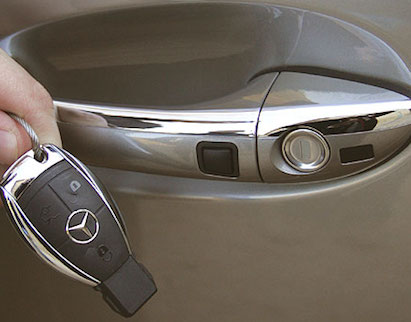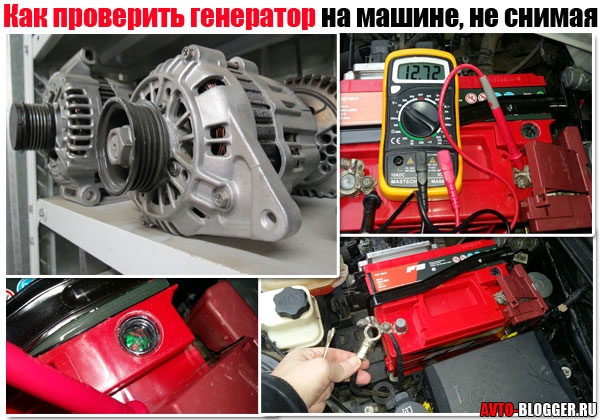
what is it in the car? What is it for? Photo video
As you know, cars have made a huge contribution to the cause of environmental pollution. The results of this pollution are visible to the naked eye - toxic smog in megacities, due to which visibility is significantly reduced, and residents are forced to wear gauze bandages. Global warming is another indisputable fact: climate change, melting glaciers, rising sea levels.
Let it be late, but measures to reduce emissions of harmful substances into the air are being taken. We recently wrote on Vodi.su about the mandatory equipment of the exhaust system with particulate filters and catalytic converters. Today we will talk about the exhaust gas recirculation system - EGR.
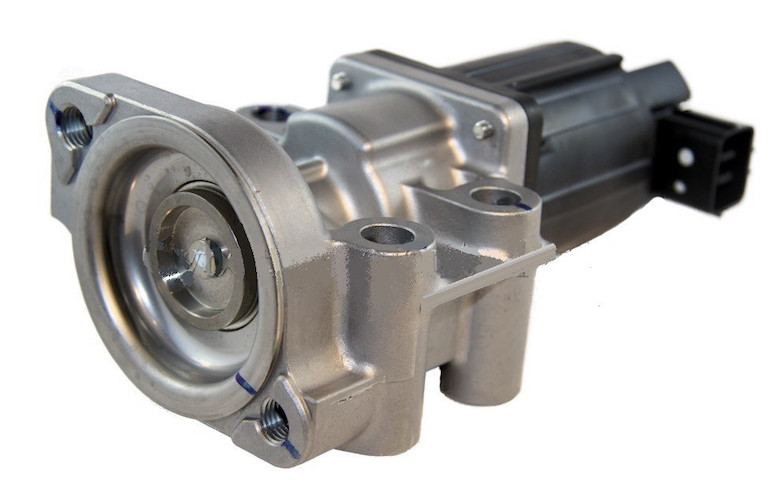
Exhaust gas recirculation
If the catalytic converter and particulate filter are responsible for reducing carbon dioxide and soot in the exhaust, then the EGR system is designed to reduce nitrogen oxide. Nitric oxide (IV) is a poisonous gas. In the atmosphere, it can react with water vapor and oxygen to form nitric acid and acid rain. It has a very negative effect on the mucous membranes of a person, and also acts as an oxidizing agent, that is, because of it, accelerated corrosion occurs, concrete walls are destroyed, etc.
To reduce nitrogen oxide emissions, the EGR valve was developed to re-burn harmful emissions. In simple terms, the recycling system works like this:
- exhaust gases from the exhaust manifold are directed back to the intake manifold;
- when nitrogen interacts with atmospheric air, the temperature of the fuel-air mixture rises;
- in the cylinders, all nitrogen dioxide is almost completely burned out, since oxygen is its catalyst.
The EGR system is installed on both diesel and gasoline internal combustion engines. Usually it is activated only at certain engine speeds. So on gasoline ICEs, the EGR valve only works at medium and high speeds. At idle and at peak power, it is blocked. But even under such operating conditions, the exhaust gases provide up to 20% of the necessary oxygen for fuel combustion.
On diesel engines, EGR does not work only at maximum load. Exhaust gas recirculation on diesel engines provides up to 50% oxygen. That is why they are considered much more environmentally friendly. True, such an indicator can be achieved only in the case of complete purification of diesel fuel from paraffins and impurities.
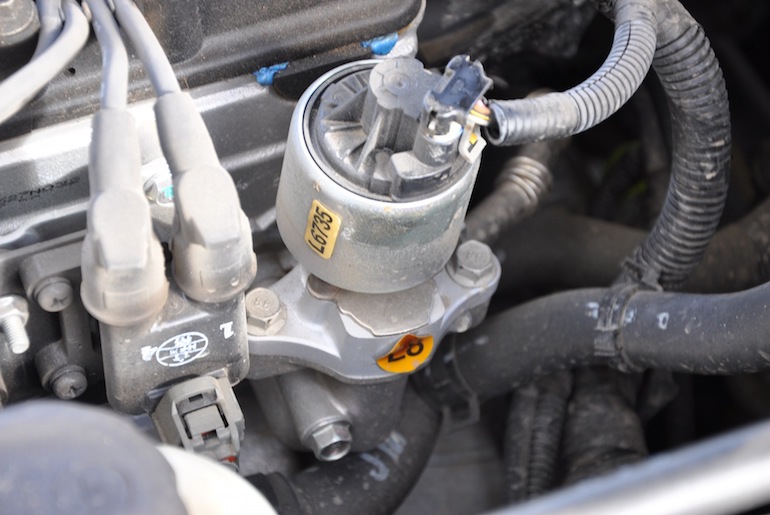
EGR types
The main element of the recirculation system is a valve that can open or close depending on the speed. There are three main types of EGR valves in use today:
- pneumo-mechanical;
- electro-pneumatic;
- electronic.
The first ones were installed on cars of the 1990s. The main elements of such a valve were a damper, a spring and a pneumatic hose. The opening or closing of the damper is carried out by increasing or decreasing gas pressure. So, at low speeds, the pressure is too low, at medium speeds the damper is half open, at maximum it is fully open, but the valve itself is closed and therefore gases are not sucked back into the intake manifold.
Electric and electronic valves operate under the control of an electronic control unit. The only difference is that the solenoid valve is equipped with the same damper and a drive for opening/closing it. In the electronic version, the damper is completely absent, gases pass through small holes of different diameters, and solenoids are responsible for opening or closing them.
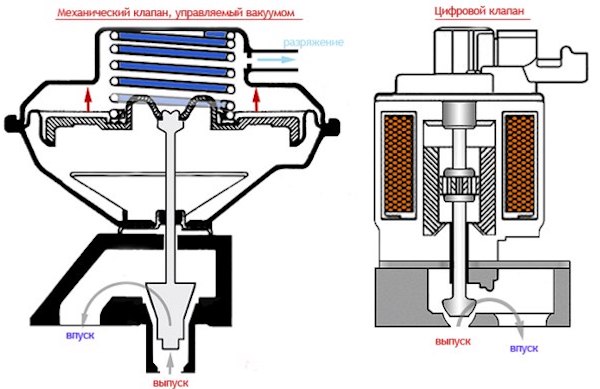
EGR: advantages, disadvantages, valve plug
The system itself has virtually no effect on engine performance. Although, purely theoretically, due to the repeated afterburning of the exhaust, it is possible to slightly reduce fuel consumption. This is especially noticeable on gasoline engines - savings of the order of five percent. Another plus is the reduction in the amount of soot in the exhaust, respectively, the particulate filter does not clog so quickly. We will not talk about the advantages for the environment, because this is already clear.
On the other hand, over time, a huge amount of soot accumulates on the EGR valves. First of all, those car owners who fill in low-quality diesel and use low-grade engine oil suffer from this misfortune. Repair or complete cleaning of the valve can still be paid, but replacing it is a real ruin.
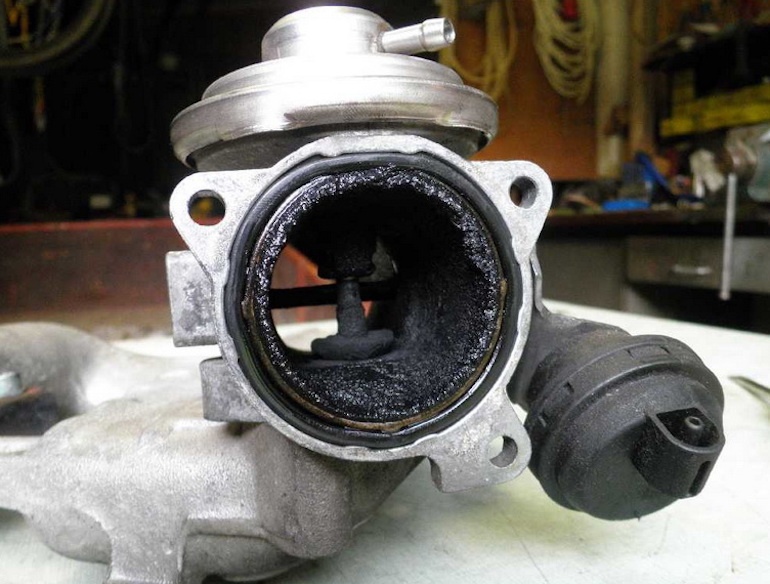
Therefore, a decision is made to plug the valve. It can be muffled by various methods: installing a plug, turning off the valve power “chip”, blocking the connector with a resistor, etc. On the one hand, an increase in engine efficiency is noted. But there are also problems. First, you need to flash the ECU. Secondly, significant fluctuations in temperature conditions can be noted in the engine, which leads both to burnout of valves, gaskets, head covers, and to the formation of black plaque on candles and the accumulation of soot in the cylinders themselves.
Loading…
